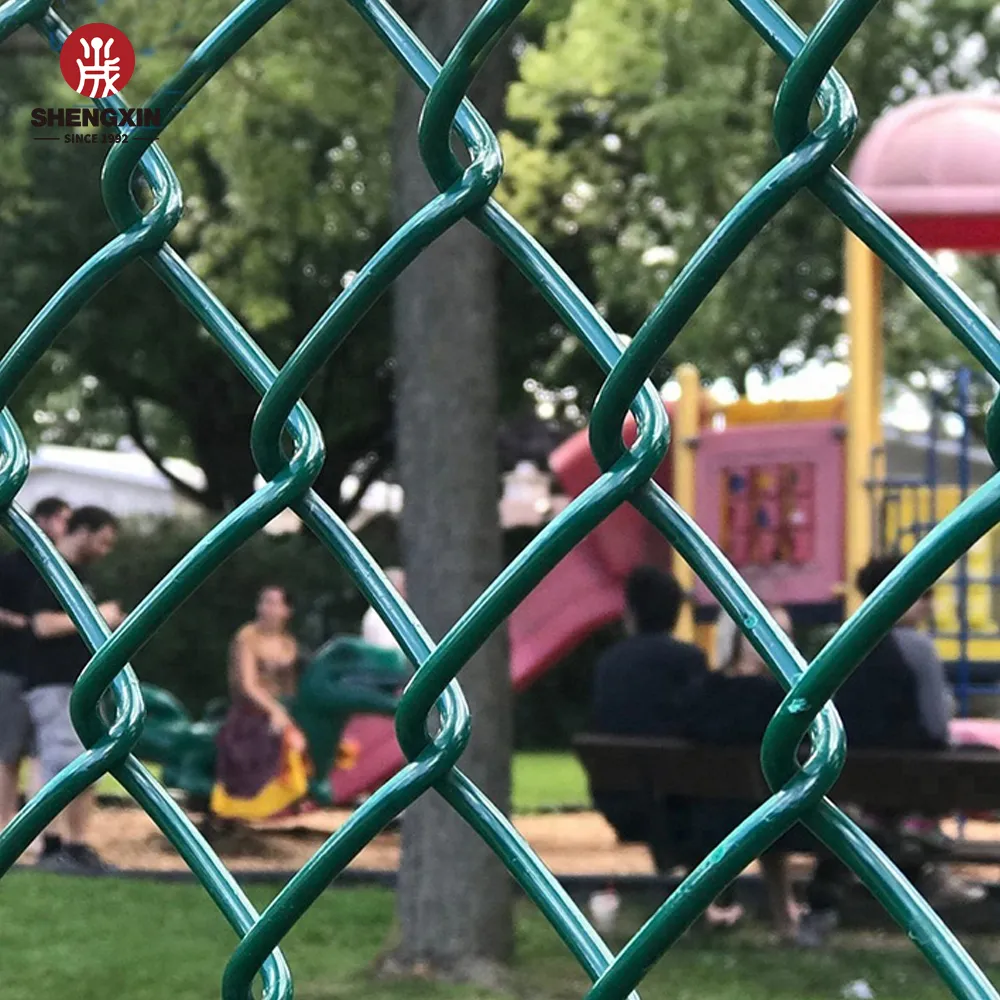
12 月 . 05, 2024 04:39 Back to list
Choosing the Right Chain Link Fence Gate for Your Property Needs
The Importance of Chain Link Fence Gates A Comprehensive Overview
Chain link fences are an increasingly popular choice for property owners seeking to enhance security while maintaining visibility. While the fence itself provides a sturdy barrier, it is the gate that plays a crucial role in the overall functionality of this fencing solution. This article delves into the significance of chain link fence gates, their various types, maintenance, and installation considerations.
Why Choose Chain Link Fence Gates?
One of the primary reasons property owners opt for chain link fencing is its balance of security and visibility. Chain link fences comprise interwoven steel wires, providing a clear view of the surroundings while still offering deterrence against intruders. When combined with a chain link fence gate, it allows for controlled access to the property. This is particularly valuable in commercial settings, where secure entry points are essential, as well as in residential areas where families want to ensure their children and pets are safe while still having an unobstructed view of the yard.
Types of Chain Link Fence Gates
Chain link fence gates come in various designs to cater to different needs and preferences
. The most common types include1. Swing Gates These are typically hinged on one side and swing open inwards or outwards. They are ideal for residential entrances or driveways and can vary in size depending on the width of the access required.
2. Slide Gates Perfect for properties where space is limited, slide gates operate by rolling on a track, sliding open horizontally. They are commonly used in commercial settings or when the overall space cannot accommodate a swinging motion.
3. Double Gates Often used for wider entries, double gates consist of two sections that swing or slide apart to allow larger vehicles or equipment to pass through. This type is prevalent in industrial applications.
4. Pedestrian Gates Smaller than standard gates, these are designed specifically for foot traffic. They provide easy access for individuals without opening a larger vehicle gate, making them convenient for residential and commercial properties alike.
chain link fence gate

Maintenance of Chain Link Fence Gates
To ensure the longevity and functionality of chain link fence gates, regular maintenance is essential. Here are some key maintenance tips
- Inspect Hardware Regularly check the hinges, latches, and locks for rust or wear. Lubricating moving parts can prevent them from seizing and ensure smooth operation.
- Clean the Gate Dirt and debris can accumulate on the gate and track (if applicable). Keeping the gate clean not only maintains its appearance but also prevents blockages and corrosion.
- Check Alignment Periodically check the alignment of your gate. Misalignment can lead to difficulties in opening and closing the gate, and may indicate potential issues with the fencing structure itself.
- Repair Rust If the gate or fence shows signs of rust, treat the affected areas immediately to prevent further deterioration. Applying a rust-resistant paint can protect the metal from future damage.
Installation Considerations
When installing a chain link fence gate, it's vital to choose the right size and type based on your specific needs. Considerations include assessing the space available, the intended use (residential or commercial), and local regulations regarding fencing and gates. Proper installation is also crucial for ensuring that the gate operates smoothly and remains secure.
In conclusion, chain link fence gates are an essential component of any chain link fencing system. Their role in providing secure yet accessible entry points cannot be overstated. By understanding the different types available, maintaining them properly, and ensuring correct installation, property owners can benefit from the security and convenience these gates offer while enhancing the overall functionality of their fencing systems. Whether for a home or a business, investing in quality chain link fence gates is a decision that pays dividends in peace of mind and property protection.
-
Temporary Fence Business for Sale Factory Direct Suppliers & Best Quotes
NewsJul.06,2025
-
High-Quality Temporary Fence Fittings - Trusted Factory & Suppliers Get Quick Quotes
NewsJul.06,2025
-
High Quality 358 Fence High Security Fence Manufacturer Anti-Climb & Durable Solutions
NewsJul.06,2025
-
High-Quality Industrial Security Fence Solutions Reliable Factory & Suppliers
NewsJul.05,2025
-
High Quality Temporary Fence Austrilian Direct Factory & Reliable Suppliers Quotes
NewsJul.05,2025
-
High Quality Chain Link Fence Temporary Fence Manufacturer & Wire Fence Supplier Pricelist
NewsJul.05,2025
